First Learn Blog
This page will let you know our latest added and the updated pages to my website. Visiting this page will update you with what we have added recently.
Feb 18, 2024
Respiratory Balance Sheet | TCA Cycle | ATP Consumption Process
The major component that produced during the photosynthesis is Glucose which is further metabolised by the different metabolic pathways like glycolysis, Krebs cycle, TCA cycle and produces energy which is then utilise by the organism for their different physiological
Continue reading "Respiratory Balance Sheet | TCA Cycle | ATP Consumption Process"
Feb 04, 2024
Electron Transport System and Oxidative Phosphorylation | ETC |Diagram
It is also called ETC. Electron transfer means the process where one electron relocates from one atom to the other atom. Definition of electron transport chain - The biological process where a chains of redox reaction take place as electrons are transferred from the
Continue reading "Electron Transport System and Oxidative Phosphorylation | ETC |Diagram"
Jan 28, 2024
Tricarboxylic Acid Cycle | Krebs Cycle | Steps | End Products |Diagram
This is a type of process which execute in a cyclical form and final common pathway for oxidation of Carbohydrates fat protein through which acetyl coenzyme a or acetyl CoA is completely oxidised to carbon dioxide and ultimately water is known as tricarboxylic acid cycle.
Continue reading "Tricarboxylic Acid Cycle | Krebs Cycle | Steps | End Products |Diagram"
Dec 15, 2023
Aerobic Respiration | Definition of Aerobic Respiration | Glycolysis
This is a type of respiration where molecular free oxygen is used as the final acceptor and it is observed in cell. Site of Aerobic Respiration - Aerobic respiration is observed in most of the eukaryotic cells that starting from unicellular organisms to those found in higher
Continue reading "Aerobic Respiration | Definition of Aerobic Respiration | Glycolysis"
Nov 29, 2023
Fermentation | Definition | Types of Fermentation | Application
Definition of fermentation- It is a process that is energy yielding process of anaerobic oxidation of organic compounds which are carried out by the enzyme action of micro organisms where neither gaseous substances like oxygen are used nor the respiratory chain is used and
Continue reading "Fermentation | Definition | Types of Fermentation | Application"
Oct 31, 2023
Glycolysis and the Steps of Glycolysis | Tricarboxylic Acid Cycle
Glycolysis observed in living organisms for glucose metabolism. The main pathway of complete oxidation of Carbohydrates is divisible into three phases- Glycolysis- it is biochemical reactions that observed in living organisms where
Continue reading "Glycolysis and the Steps of Glycolysis | Tricarboxylic Acid Cycle"
Oct 29, 2023
Do Plants Breathe? | Respiration in Plants |Breathing Organs in Plants
Green plants contain stomata in some cases mainly in Dicot leaves stomata are observed in the downloads layer of the leaf and in monocot stomata are observed on the both side of the leaf. Stomata contains a stomatal pore which opens and close according to the difference in
Continue reading "Do Plants Breathe? | Respiration in Plants |Breathing Organs in Plants"
Sep 13, 2023
Factors Affecting Photosynthesis |Hydrolysis of Water|Sources of Water
Process of photosynthesis- Photosynthesis is the only process by which energy from the sun called solar energy is trapped inside the body of living beings specifically green plants. It contains chlorophyll which is the green pigment and is able to trap sunlight
Continue reading "Factors Affecting Photosynthesis |Hydrolysis of Water|Sources of Water"
Sep 10, 2023
Photorespiration | Definition | Location of Photo Respiration |
Photo respiration was first described by the Dicker and Tio in 1959. This photorespiration is also known as C2 cycle or oxidative photosynthetic carbon cycle. This is the process that are observed in some higher plants where Rubisco oxygenates RuBp that causes energy
Continue reading "Photorespiration | Definition | Location of Photo Respiration | "
Aug 16, 2023
The C4 Pathway | Kranz Anatomy | CAM Plants |Structure of Chloroplasts
C4 plants are those plants where carbon dioxide are circulated into four carbon compound (sugar) before entering the Calvin cycle. There are many C4 plants that we take in our diet ,they are – maize, pineapple, sugarcane etc.
Continue reading "The C4 Pathway | Kranz Anatomy | CAM Plants |Structure of Chloroplasts"
Aug 10, 2023
The Calvin Cycle | Mechanism of C3 Cycle | What is Solarization?
The dark reaction, primary involves assimilation of carbon dioxide from the atmosphere to organic carbon of the plant body in the form of organic compounds like glucose this thing was first denoted by Blackmans in 1905 and hence it is called black man’s reaction later in
Continue reading "The Calvin Cycle | Mechanism of C3 Cycle | What is Solarization?"
Aug 10, 2023
Primary Acceptor of CO2 | Mechanism of C3 Cycle |Carboxylation of RuDP
The increase in carbon dioxide concentration in the environment may increase photosynthesis by up to a certain limit is 1% and higher concentration of carbon dioxide is inhibitory for photosynthetic reaction. At the point where the concentration of carbon dioxide and that
Continue reading "Primary Acceptor of CO2 | Mechanism of C3 Cycle |Carboxylation of RuDP"
Aug 08, 2023
ATP and NADPH used in Photosynthesis | Production of ATP and ADP
ATP and ADP are energy molecules Which produced during light reaction and that is utilised in the dark reaction bye release of energy. Production of ATP and ADP during light reaction Uses of ATP and NADPH- ATP and NADPH ( Nicotinamide adenine dinucleotide phosphate) are have
Continue reading "ATP and NADPH used in Photosynthesis | Production of ATP and ADP"
Jul 31, 2023
Chemiosmotic Hypothesis | Movement of Ions | Chemiosmosis in Plants
Chemiosmotic theory- Piter D. Mitchell proposed the chemiosmotic hypothesis in 1961 and this theory suggest essentiality that most adenosine triphosphate phosphate (ATP) cells comes from the electrochemical gradient across the inner membrane of mitochondriaby using energy
Continue reading "Chemiosmotic Hypothesis | Movement of Ions | Chemiosmosis in Plants"
Jul 28, 2023
Cyclic and Noncyclic Photo-phosphorylation |Pigment System|Limitations
Photosynthesis is called Redox reaction because carbon dioxide is reduced to glucose and water is oxidised to oxygen. It is a weakly fluorescent pigment system consisting of chlorophyll B ,chlorophyll A of 670, chlorophyll A 680 chlorophyll A 695 and very small amount of
Continue reading "Cyclic and Noncyclic Photo-phosphorylation |Pigment System|Limitations"
Jul 27, 2023
Explain about Splitting of Water | Photolysis of Water |Photosynthesis
Water is very essential and important component of photosynthesis which helps in the reduction of carbon dioxide to glucose. Theterrestrial plants that absorb the soil water with the help of their root hairs by the process of osmosis and active transport, the aquatic plants
Continue reading "Explain about Splitting of Water | Photolysis of Water |Photosynthesis"
Jul 26, 2023
The Electron Transport | ATP Molecules | Ultimate Electron Acceptors
It is called ETC. Electron transfer means the process where one electron relocate from one atom to the other atom. Definition of electron transport chain - The biological process where a chains of redox reaction take place as electrons are transferred from the donner to the
Continue reading "The Electron Transport | ATP Molecules | Ultimate Electron Acceptors"
Jul 24, 2023
Light Reaction on the Photochemical Phase | Different Events | Pigment
Light reaction is also known as photochemical phase because for this phase light is essential for green plants get from sunlight. This phase is observed in the granum of chloroplast and is essential inductive phase which involve absorption of solar energy, photosynthetic
Continue reading "Light Reaction on the Photochemical Phase | Different Events | Pigment"
Jul 22, 2023
How many Pigments are Involved in Photosynthesis? | Types of Pigments
Pigments are the molecules that absorbs light of specific wavelengths release the other means absorbs energy and provide that for transformation of electrons into next level.
Continue reading "How many Pigments are Involved in Photosynthesis? | Types of Pigments"
Jul 13, 2023
Where does Photosynthesis Takes Place?
Photosynthesis is a physiological process in which green plants make their own food in presence of sunlight, water collected by the roots, carbon dioxide from the air and produces oxygen which is released into the air.
Jul 12, 2023
Metabolism of Nitrogen | Nitrogen Cycle | Biological Nitrogen Fixation
Metabolism of Nitrogen nitrogen cycle biological nitrogen fixation- We all know that our atmosphere has 78% of the Nitrogen gas which is one of the essential constituent of all living organisms. Nitrogen cycle is a type of biogeochemical cycle, this term was first coined by
Continue reading "Metabolism of Nitrogen | Nitrogen Cycle | Biological Nitrogen Fixation"
Jul 11, 2023
Soil as Reservoir of Essential Elements | Factors Present in the Soil
It is accepted that soil is very much essential for the plants to grow. Soil is made up of three layers. Among the three layers topsoil is the most enriched layer of the soil. In this layer plants grow. This layer contains all the critical elements
Continue reading "Soil as Reservoir of Essential Elements | Factors Present in the Soil"
Jul 07, 2023
Translocation of Solutes | Structure of Phloem | Phloem Tissue | Plant
Translocation is a process by which transport of food materials from the source or point of manufacture two different growing regions of the plant take place. As we all know that water is transported by the roots and the food produced in the leaves are must be transported
Continue reading "Translocation of Solutes | Structure of Phloem | Phloem Tissue | Plant"
Jul 06, 2023
Mechanism of Absorption of Elements | Passive Water Absorption
Roots absorb water in the region where root hairs are present. Root hairs are tubular in structure that outgrowth of a root region which passes into soil interfaces for absorption water from the soil. Root hairs developed in the region of the root maturation and this area is
Continue reading "Mechanism of Absorption of Elements | Passive Water Absorption"
Jul 04, 2023
Deficiency Symptoms of Essential Elements | Deficiency in Plants
Deficiency in plants can be caused due to following deficiency of the elements- Nitrogen- As nitrogen is the major constituent of amino acids, proteins, hormones, enzymes, coenzymes, chlorophyll, vitamin, cytochromes etc thus chlorosis appear first in older leaves and
Continue reading "Deficiency Symptoms of Essential Elements | Deficiency in Plants"
Jul 04, 2023
Toxicity of Micronutrients |Manganese |Phosphorous |Potassium Toxicity
Micronutrients consists of those element which are required very less in quantity for the normal growth and development of the plants. Different types of micronutrients in plants are- Different types of micronutrients of the plants are – zinc, boron, chlorine, manganese
Continue reading "Toxicity of Micronutrients |Manganese |Phosphorous |Potassium Toxicity"
Jun 30, 2023
Role of Macronutrients and Micronutrients | Nutrition of Plants |Plant
Terrestrial plants absorb the mineral requirements from the soil by the region of their roots that having young cells. The process of absorption of minerals can be passive or active. In passive transport of energy is not required by the transport system but in the active
Continue reading "Role of Macronutrients and Micronutrients | Nutrition of Plants |Plant"
Jun 28, 2023
Criteria for Essentiality | Plant nutrition | Beneficial Materials
Plants that uses different mineral and water for their nutrition is called plant nutrition. Weathering of rock mixing of dead bodies of plants and animals with the soil make the soil fertile and there is addition of different elements within the soil from the body of the
Continue reading "Criteria for Essentiality | Plant nutrition | Beneficial Materials"
Jun 27, 2023
Methods to Study the Mineral Requirements of Plants |Mineral Transport
Elements that require by the plants are called essential minerals. Functions of minerals- functions of minerals are- *Constituent of organic molecules that is carbon hydrogen oxygen nitrogen phosphorus Sulphur Ion magnesium calcium
Continue reading "Methods to Study the Mineral Requirements of Plants |Mineral Transport"
Jun 23, 2023
The Pressure Flow or Mass Flow Hypothesis | Mechanism |Turgor Pressure
It is the hypothesis by which transport of sap by phloem can be best described. This hypothesis was given by Ernst Munch in 1930 who was an German plant physiologist. According to this hypothesis a high concentration of organic substances like sugar, inside the phloem
Continue reading "The Pressure Flow or Mass Flow Hypothesis | Mechanism |Turgor Pressure"
Jun 05, 2023
Phloem Transport – Flow from Source to Sink | Long Distance Transport
Transport of phloem saps from the sugar source to the sugar sink takes place. For the plants specifically angiosperms are observed to having pressure flow hypothesis for their phloem translocation.
Continue reading "Phloem Transport – Flow from Source to Sink | Long Distance Transport"
May 30, 2023
Uptake of Transport Nutrients | Definition of Osmosis | Absorption
The transport of substances from one part of the plant to the another part is called conduction. In this process water is transported to the Green Leaves for photosynthesis, takes place and the food produced in the leaves are transported to different parts of the plant.
Continue reading "Uptake of Transport Nutrients | Definition of Osmosis | Absorption"
May 29, 2023
Transpiration and Photosynthesis are Compromise |Transpiration Process
Photosynthesis is a biochemical process by which green plants make their own food in presence of water, carbon dioxide, sunlight is called photosynthesis. This is the process where chemical energy is stored in the glucose and later it is released as energy for performing
Continue reading "Transpiration and Photosynthesis are Compromise |Transpiration Process"
Apr 18, 2023
Transpiration | Characteristics Features | Different Types | Factors
Definition of transpiration - Transpiration is the physiological activity in which water molecules carried from the root to the pores of the leaves present in the downward side of the leaf and evaporates from the plant body. Actually this is the process of evaporation of
Continue reading "Transpiration | Characteristics Features | Different Types | Factors"
Apr 09, 2023
Water Movement Up a Plant | Absorption of Water by Roots
Transport of water and minerals- The transport of the substances from one part of the plant to another is called conduction. Roots absorbed water and minerals from the soil those are need to be transported to the different parts of the plants body.
Continue reading "Water Movement Up a Plant | Absorption of Water by Roots"
Apr 09, 2023
How do Plant Absorb Water? | Absorption of Water by Roots | Osmosis
As we all know that water is very essential elements for the plants because it acts as an essential raw material for the photosynthesis of plants for their growth and survival of plants need water to carry out many life processes, physiological processes
Continue reading "How do Plant Absorb Water? | Absorption of Water by Roots | Osmosis"
Feb 13, 2023
Plant-Water Relations | Water potential|Osmosis|Plasmolysis|Imbibition
This is a physical phenomenon of net flow of solvent molecules from a solution of lower concentration to a solution of higher concentration through a semi permeable membrane (a membrane which allows only the solvent molecules and not the solute molecules
Continue reading "Plant-Water Relations | Water potential|Osmosis|Plasmolysis|Imbibition"
Feb 13, 2023
Explain Long Distance Transport of Water | Transport in Plants | Xylem
Transport or conduction of the water means transport of substances from one part of plant to the another means transport of water and dissolved minerals from the roots to the leaves via xylem. Roots the underground parts of the plants which is positive geotrophic in nature.
Continue reading "Explain Long Distance Transport of Water | Transport in Plants | Xylem"
Dec 21, 2022
Means of Transport | Bulk Transport | Passive transport | Diffusion
There are different mechanisms for the transport like diffusion, Osmosis, active transport, facilitated diffusion etc. Mainly we can divide the entire transport process into two those are- active transport and passive transport. Passive transport includes diffusion osmosis
Continue reading "Means of Transport | Bulk Transport | Passive transport | Diffusion"
Dec 17, 2022
Meiosis Cell Division | Biology | Importance for Meiosis | Cytokinesis
Meiosis is a complex cell division process in which the diploid number of chromosome of the mother cell is reduced to haploid number of chromosomes in the four daughter cell.
Continue reading "Meiosis Cell Division | Biology | Importance for Meiosis | Cytokinesis"
Dec 16, 2022
Meiosis II | Location | Interkinesis II | Prophase II | Metaphase II
Meiosis is a complex type of cell division where a number of chromosome of the mother cell is reduced to the haploid number of chromosome in daughter cell.
Continue reading "Meiosis II | Location | Interkinesis II | Prophase II | Metaphase II"
Nov 18, 2022
Meiosis I |Telophase I | Metaphases I | Definition of Leptotene
First meiotic division- Process of meiosis is start with the interphase like that of mitosis and DNA duplication takes place at the premeiotic “S” phase. The first meiotic division consists of prophase 1, pro metaphase1, metaphase 1, anaphase 1, telophase 1.
Continue reading "Meiosis I |Telophase I | Metaphases I | Definition of Leptotene "
Nov 17, 2022
Significance of Meiosis Cell Division | Evolution | Adaptation | Cell
Meiosis cell division is happened in two stage- first stage is called meiotic first division and second is called meiotic second division. First stage of division is also called reduction division and second part is same as mitosis division.
Continue reading "Significance of Meiosis Cell Division | Evolution | Adaptation | Cell"
Nov 08, 2022
Significance of Mitosis Cell Division | Hereditary Conservation
Places for mitosis- cell are divided by the process of mitosis in bacteria, protozoa, dinoflagellate, mammals. Beside the mammalian cell, other cell division of mitosis is quite different, as the nuclear membrane remain intact. But in mammalian cell the nuclear membrane
Continue reading "Significance of Mitosis Cell Division | Hereditary Conservation "
Nov 08, 2022
Explain about M Phase | Definition and Types of Mitosis Process
The term mitosis was first coined by the scientist Flemming in 1882. The details were worked out by Strasburger in 1875 and Flemming in 1879. In 1960 Cocktail and Mac Canley explained the biochemical aspect of the process and initially the two process mitosis
Continue reading "Explain about M Phase | Definition and Types of Mitosis Process"
Oct 20, 2022
Explain about Interphase | Definition| Post mitotic Gap Phase |S-Phase
Interphase is a stage between two mitotic cycles in an eukaryotic cell, during which various physical and chemical changes for the preparation of cell division takes place.
Continue reading "Explain about Interphase | Definition| Post mitotic Gap Phase |S-Phase"
Aug 25, 2022
Phases of Cell Cycle | Definition | Interphase | M Phase | Mitosis
Definition of cell cycle- Cell cycle is a series of cyclical changes by which a cell passes during its growth and division. Generation time- The time interval between the two successive divisions are called generation time. Different division of cell cycle- Cell cycle
Continue reading "Phases of Cell Cycle | Definition | Interphase | M Phase | Mitosis"
Aug 23, 2022
Explain about Cell Cycle | Definition | Different Phases|Cell Division
Cell cycle is the entire sequence of events happening from the end of one nuclear division to the beginning of the next. In 1953 Howard and Pele denoted four phases of cell cycle G1, S, G2 and M phases.
Continue reading "Explain about Cell Cycle | Definition | Different Phases|Cell Division"
Aug 23, 2022
Explain about Cofactors | Definition, Types & Importance of Cofactors
Co factors are organic compound, metallic ions, metallic ion clusters that bind with enzymes and influence the enzyme activity. When the co factor is tightly bound to the enzyme ,this is called prosthetic group. If it is loosely bound it is called co factor.
Continue reading "Explain about Cofactors | Definition, Types & Importance of Cofactors"
Recent Articles
-
Respiratory Balance Sheet | TCA Cycle | ATP Consumption Process
Feb 18, 24 01:56 PM
The major component that produced during the photosynthesis is Glucose which is further metabolised by the different metabolic pathways like glycolysis, Krebs cycle, TCA cycle and produces energy whic… -
Electron Transport System and Oxidative Phosphorylation | ETC |Diagram
Feb 04, 24 01:57 PM
It is also called ETC. Electron transfer means the process where one electron relocates from one atom to the other atom. Definition of electron transport chain - The biological process where a chains… -
Tricarboxylic Acid Cycle | Krebs Cycle | Steps | End Products |Diagram
Jan 28, 24 12:39 PM
This is a type of process which execute in a cyclical form and final common pathway for oxidation of Carbohydrates fat protein through which acetyl coenzyme a or acetyl CoA is completely oxidised to c… -
Aerobic Respiration | Definition of Aerobic Respiration | Glycolysis
Dec 15, 23 08:42 AM
This is a type of respiration where molecular free oxygen is used as the final acceptor and it is observed in cell. Site of Aerobic Respiration - Aerobic respiration is observed in most of the eukaryo… -
Fermentation | Definition | Types of Fermentation | Application
Nov 29, 23 10:27 PM
Definition of fermentation- It is a process that is energy yielding process of anaerobic oxidation of organic compounds which are carried out by the enzyme action of micro organisms where neither gase…
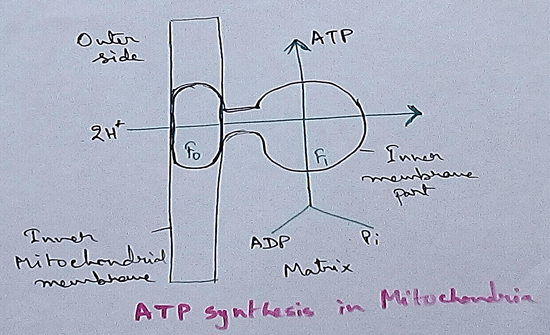
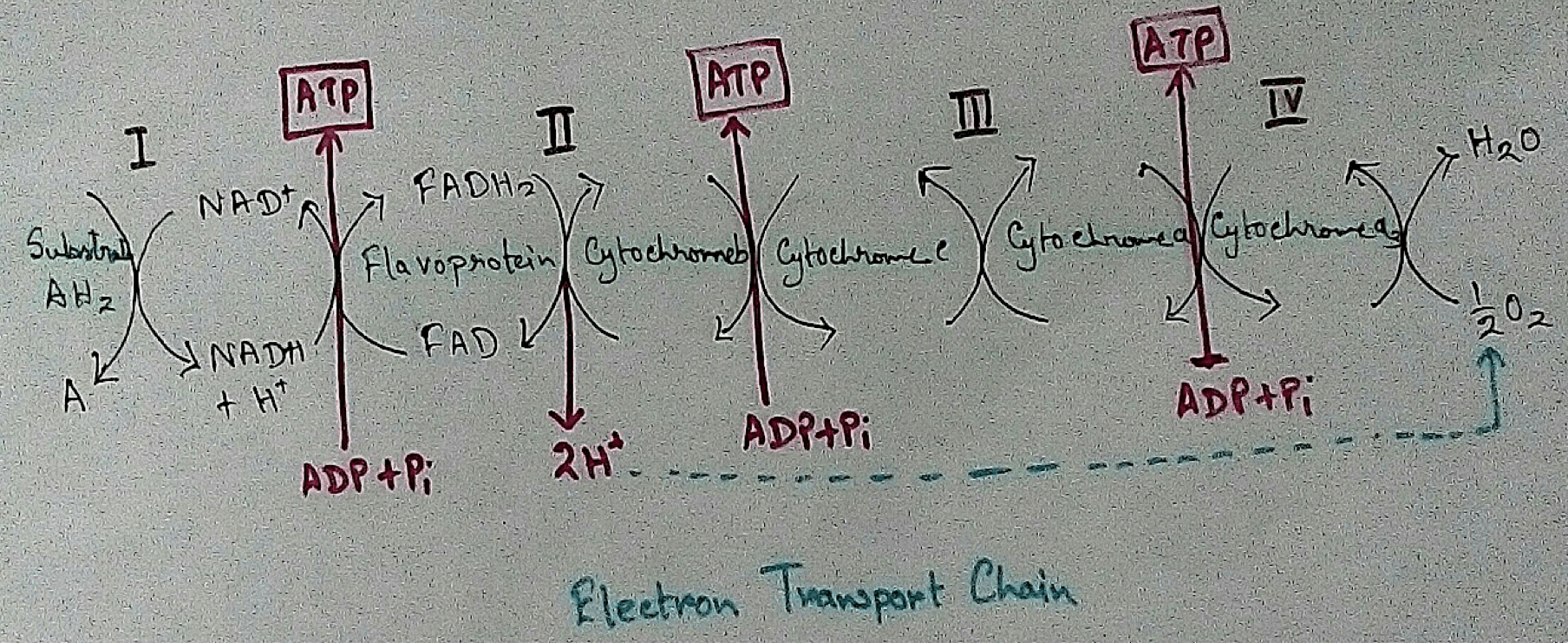

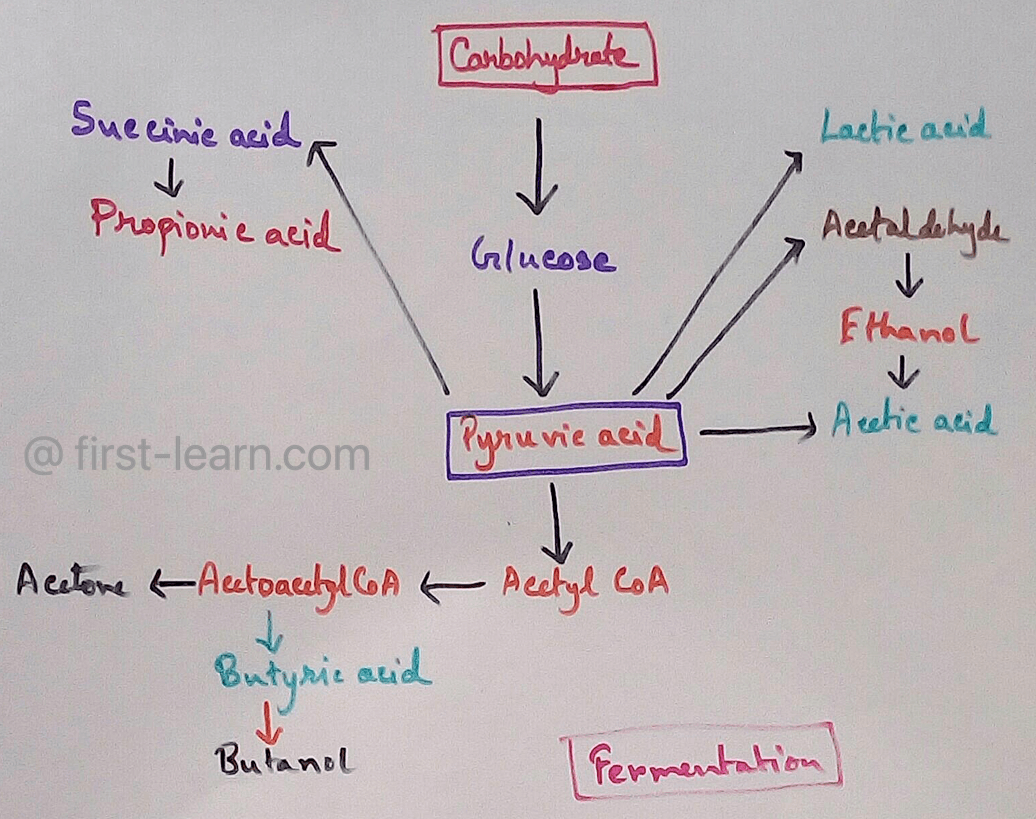
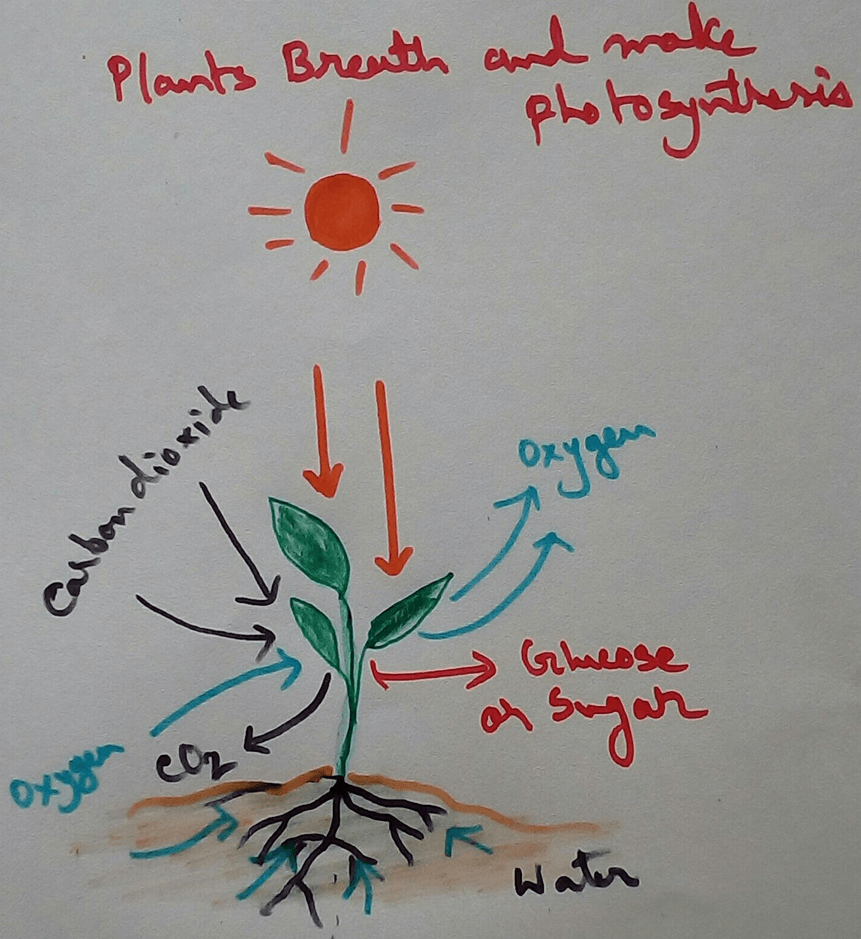
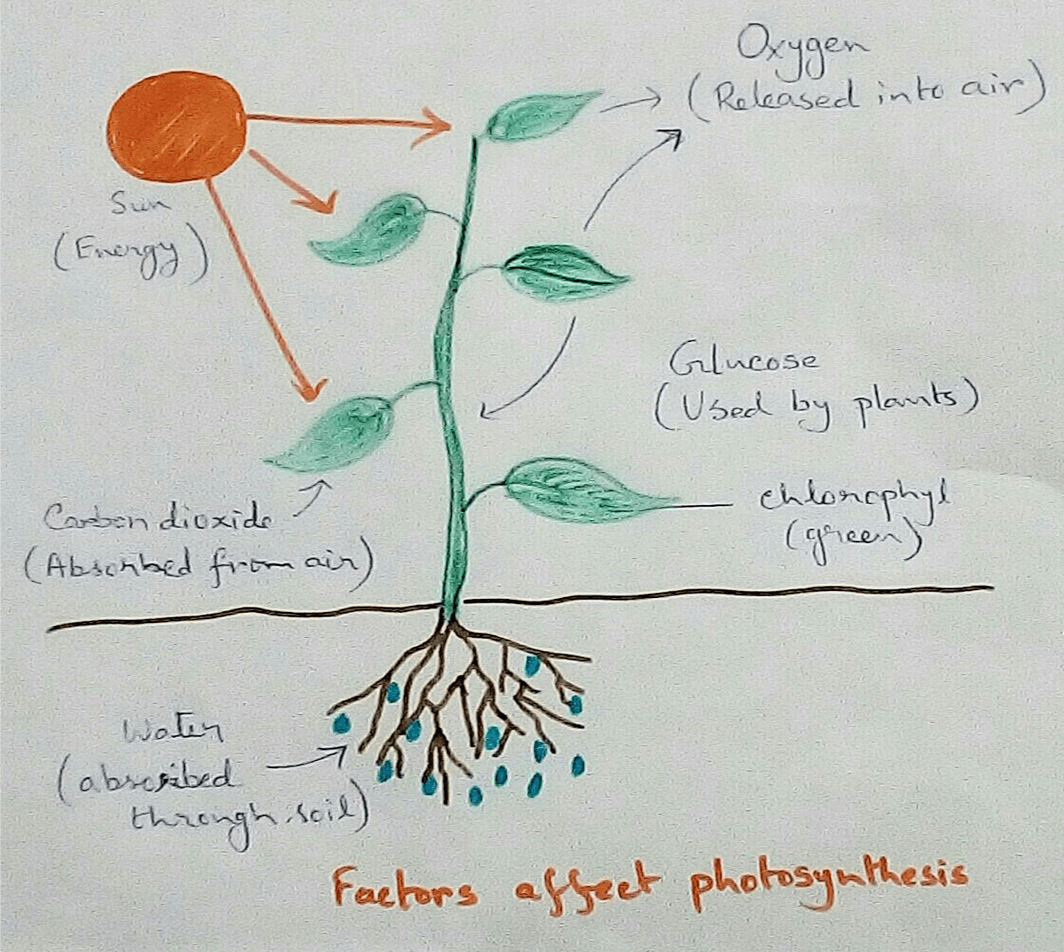
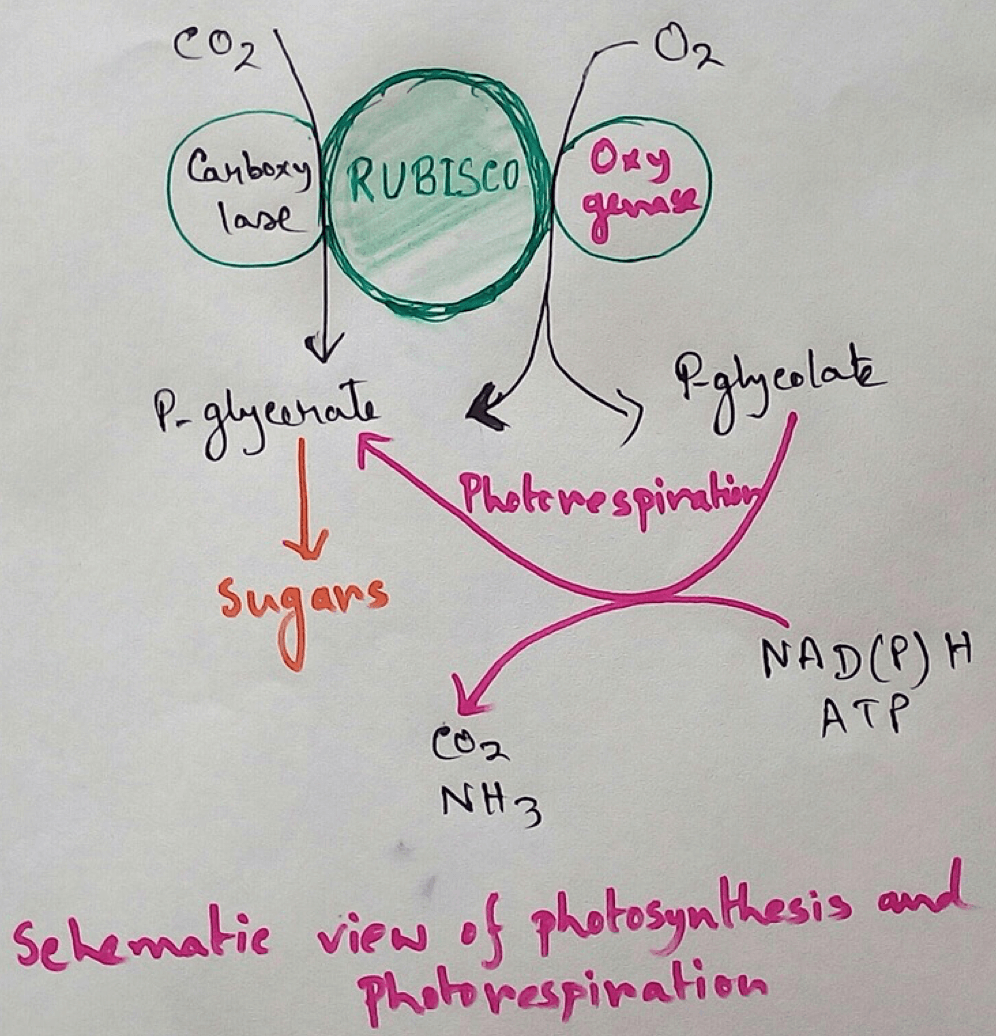
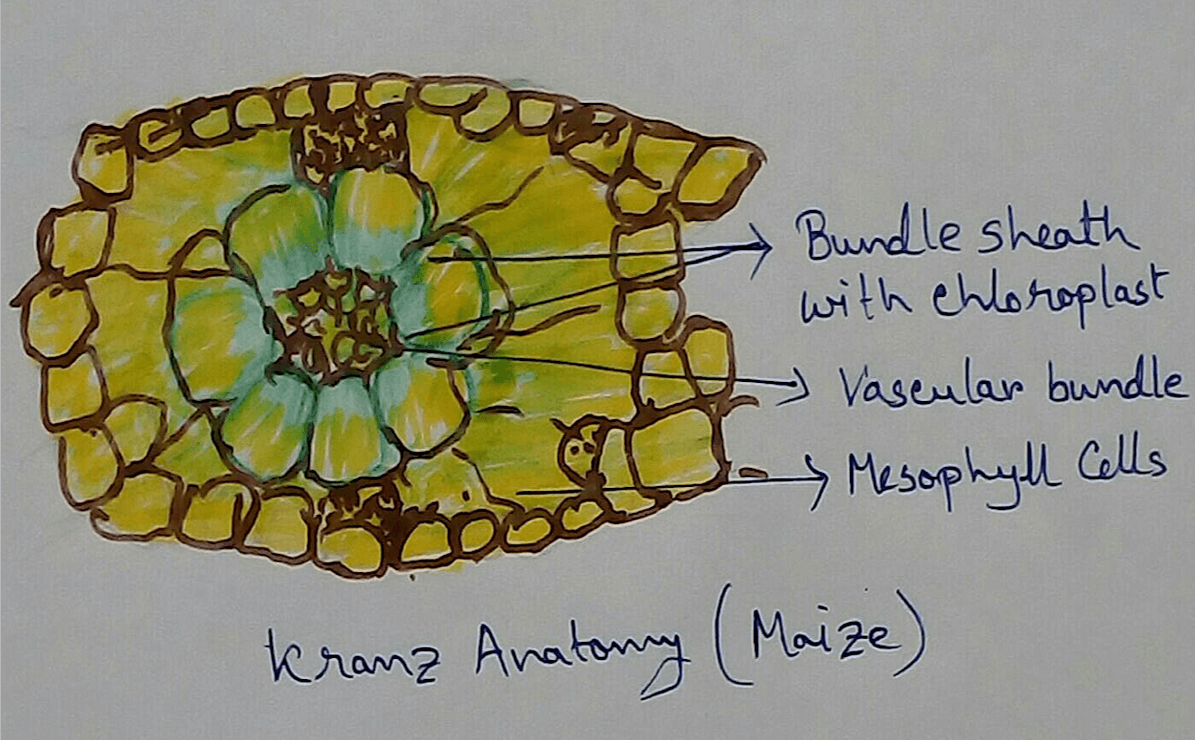
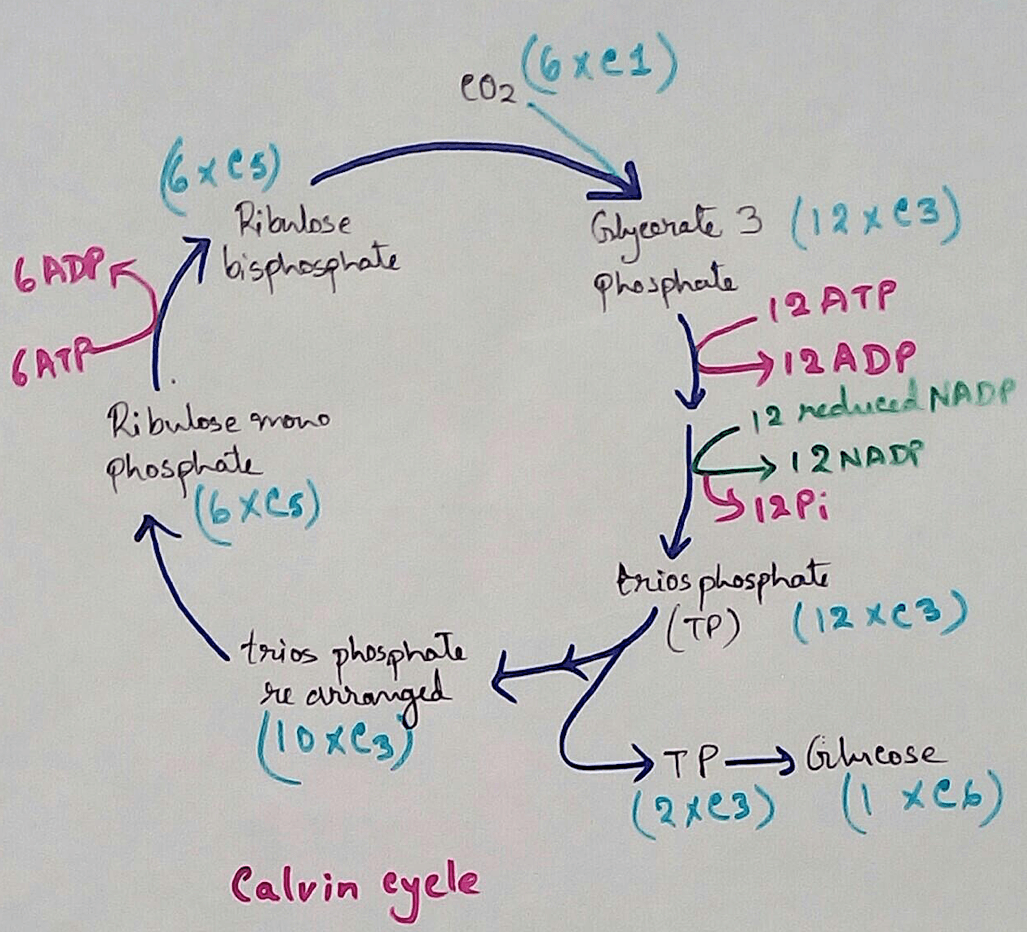
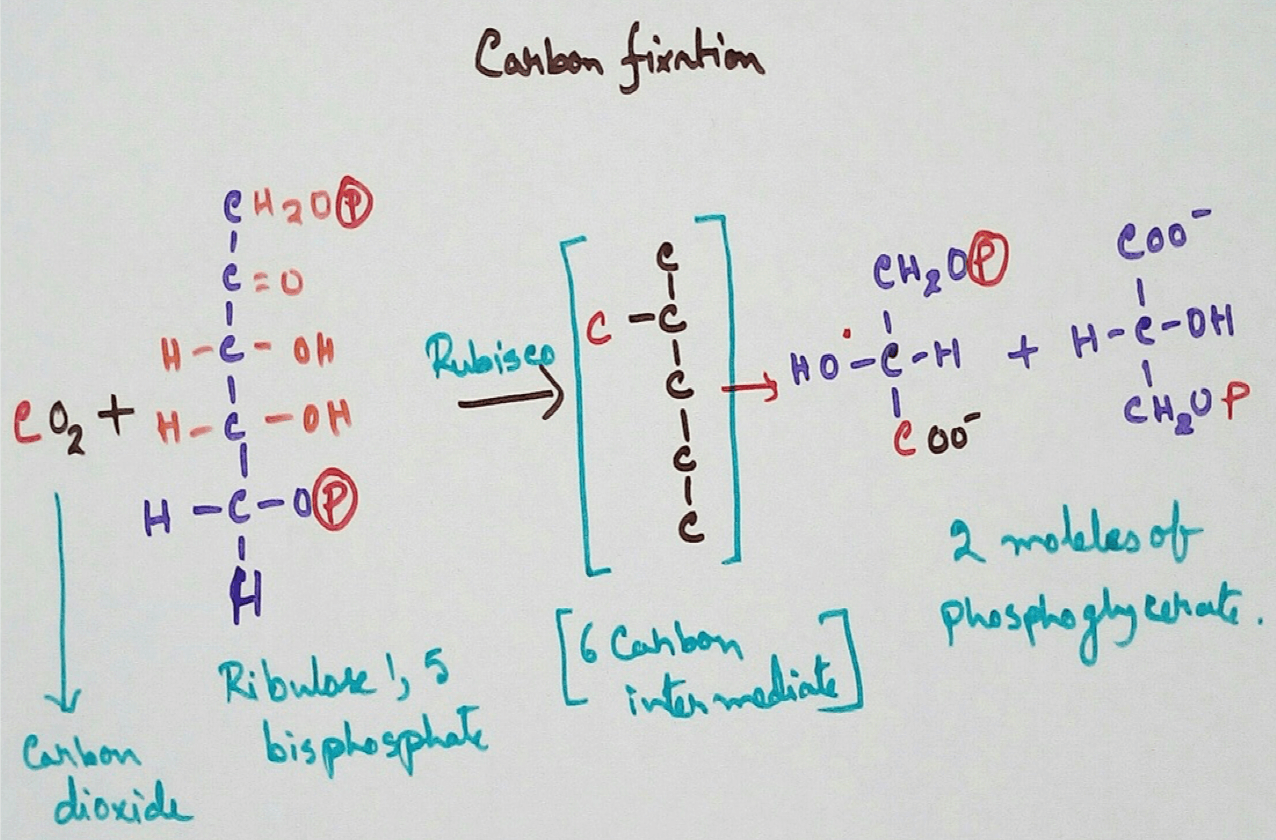
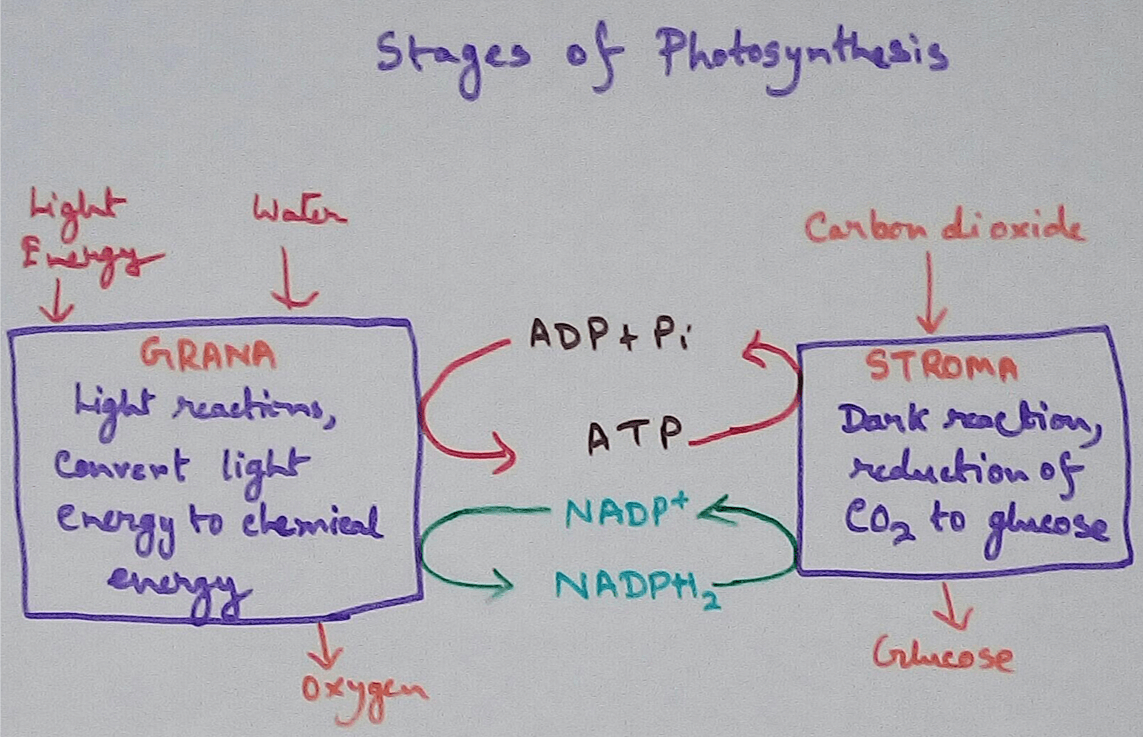
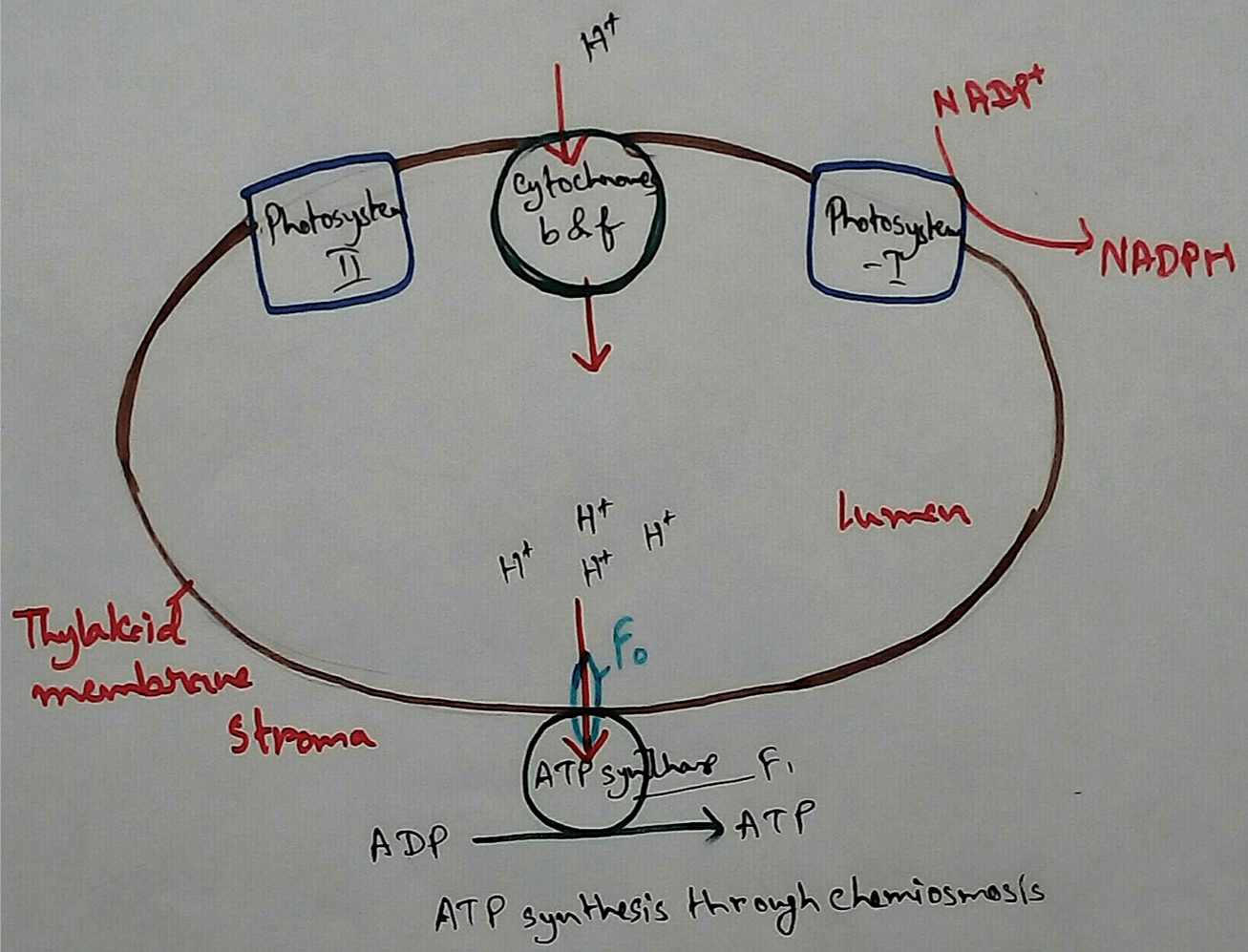
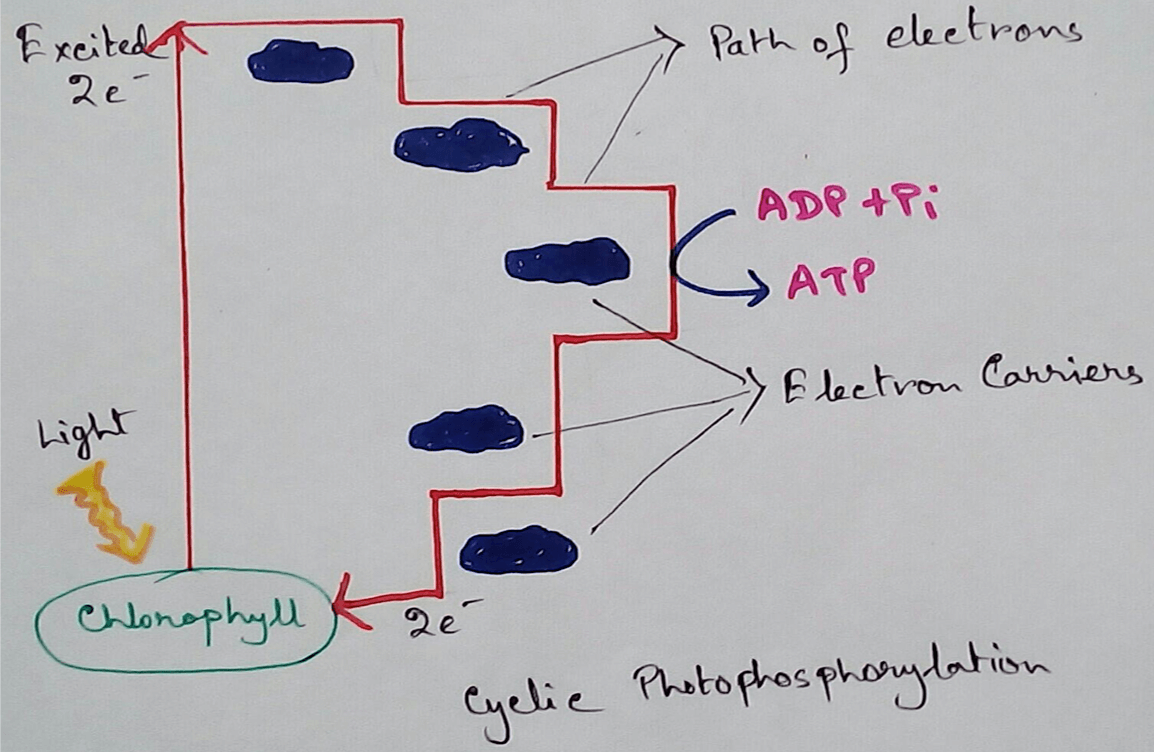
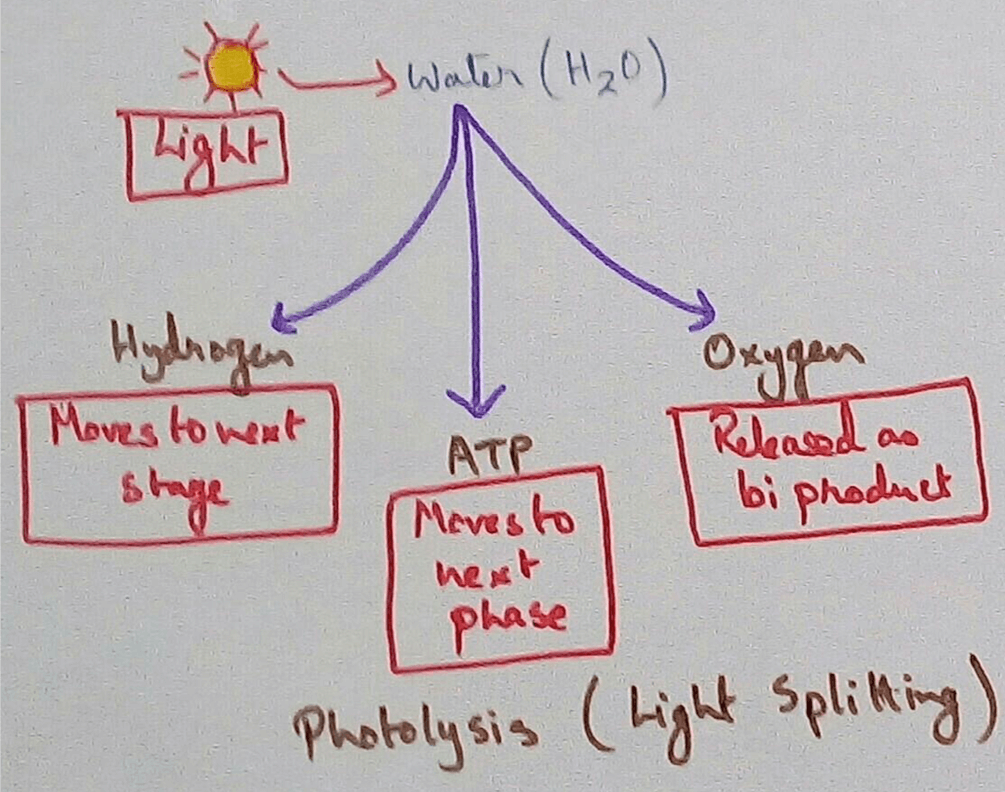
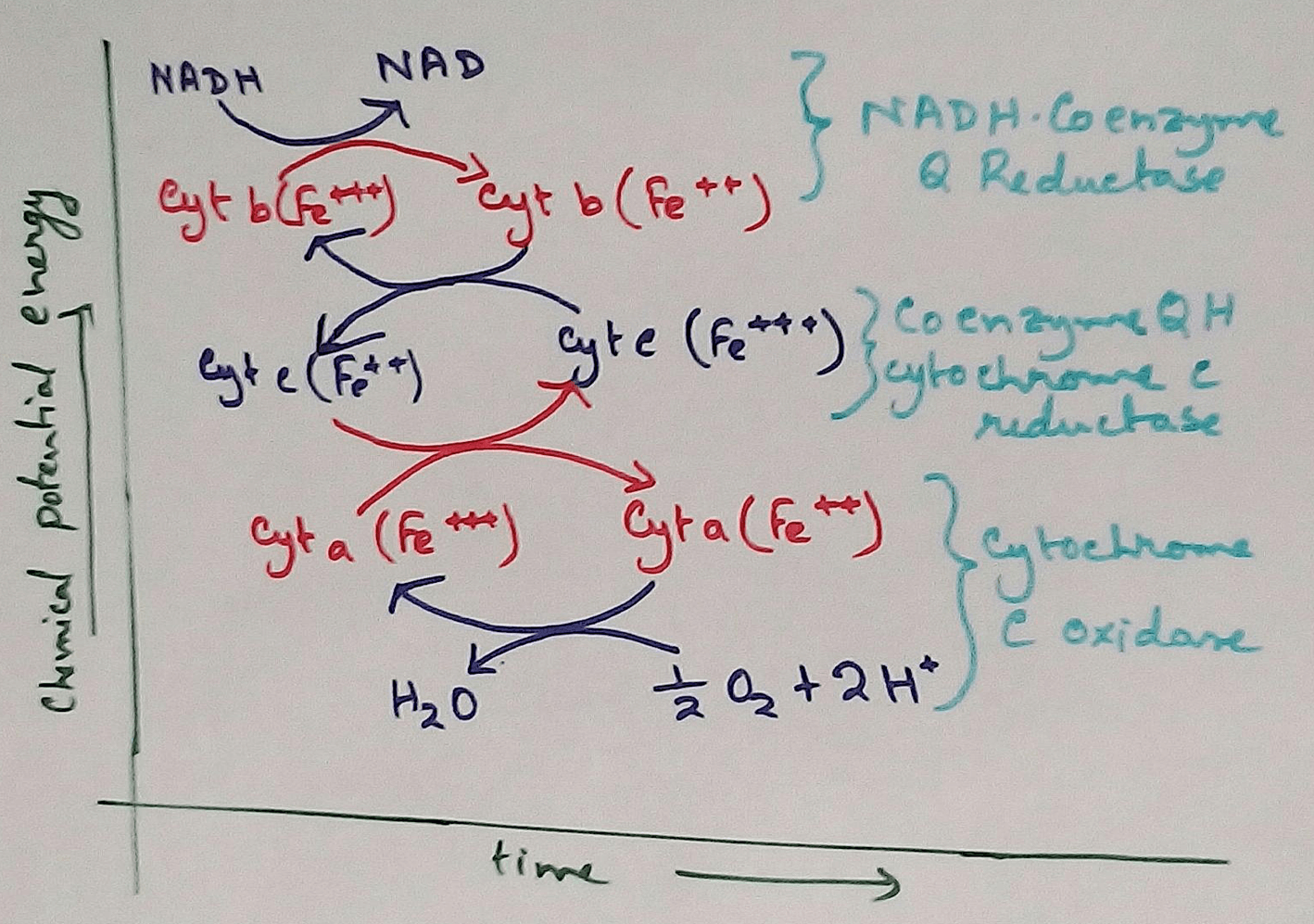
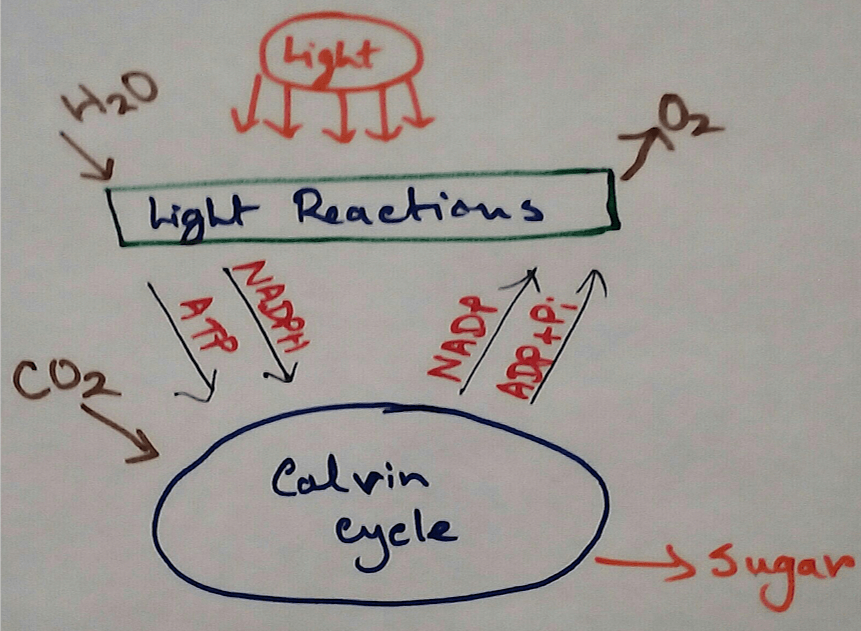
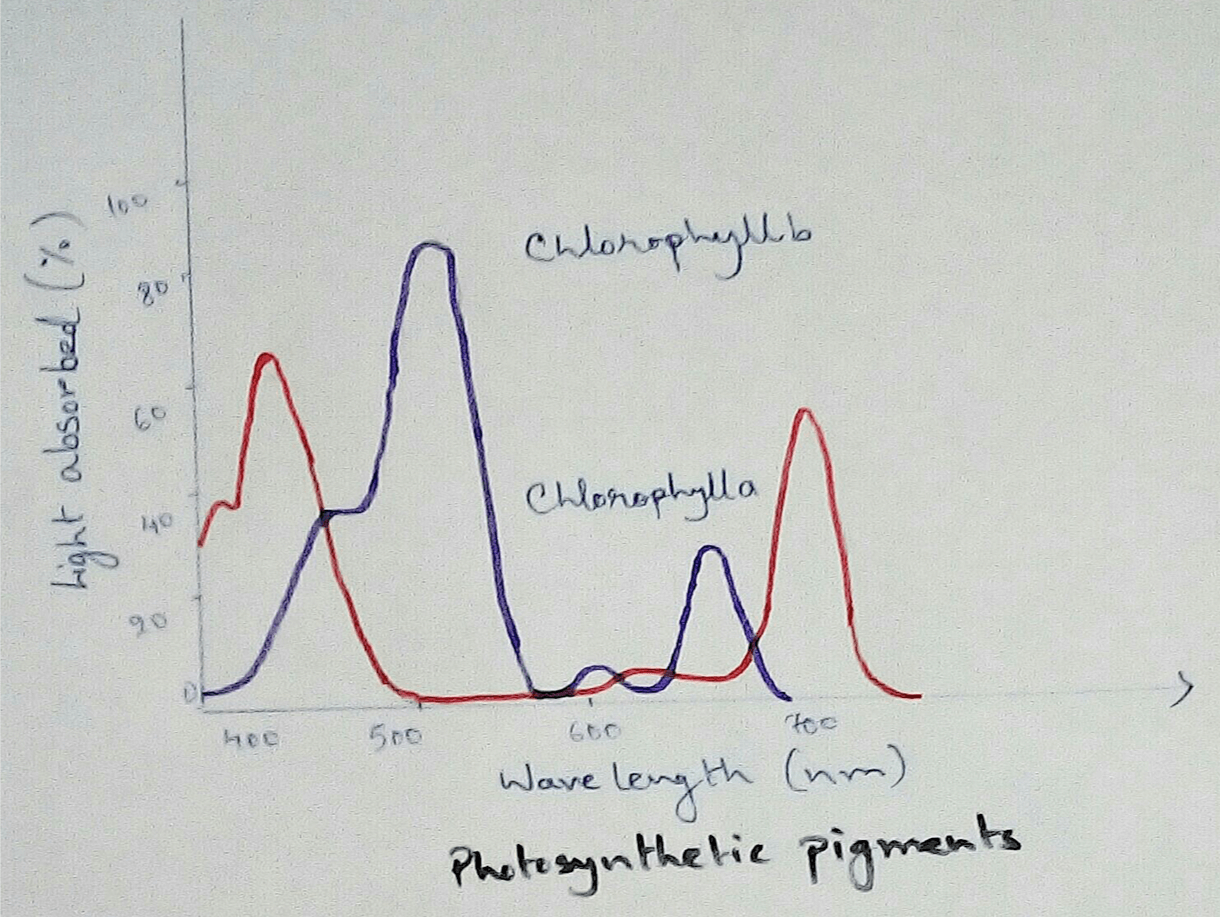
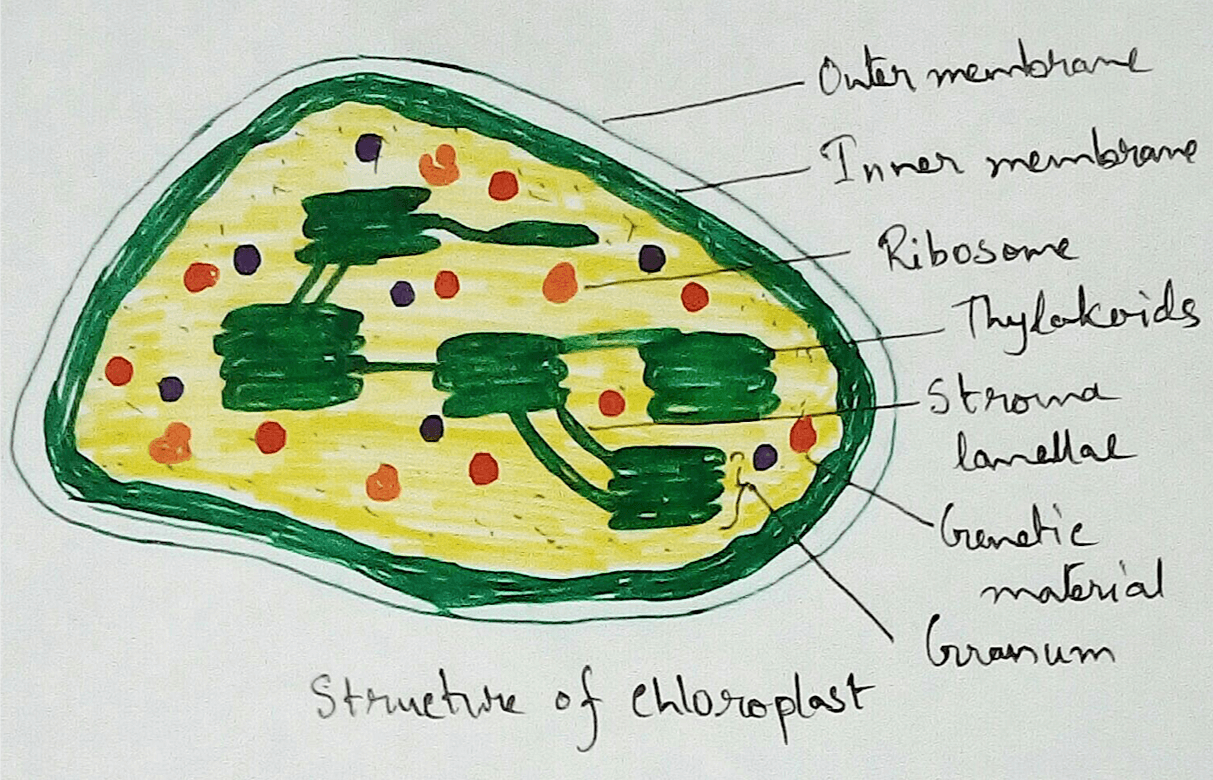
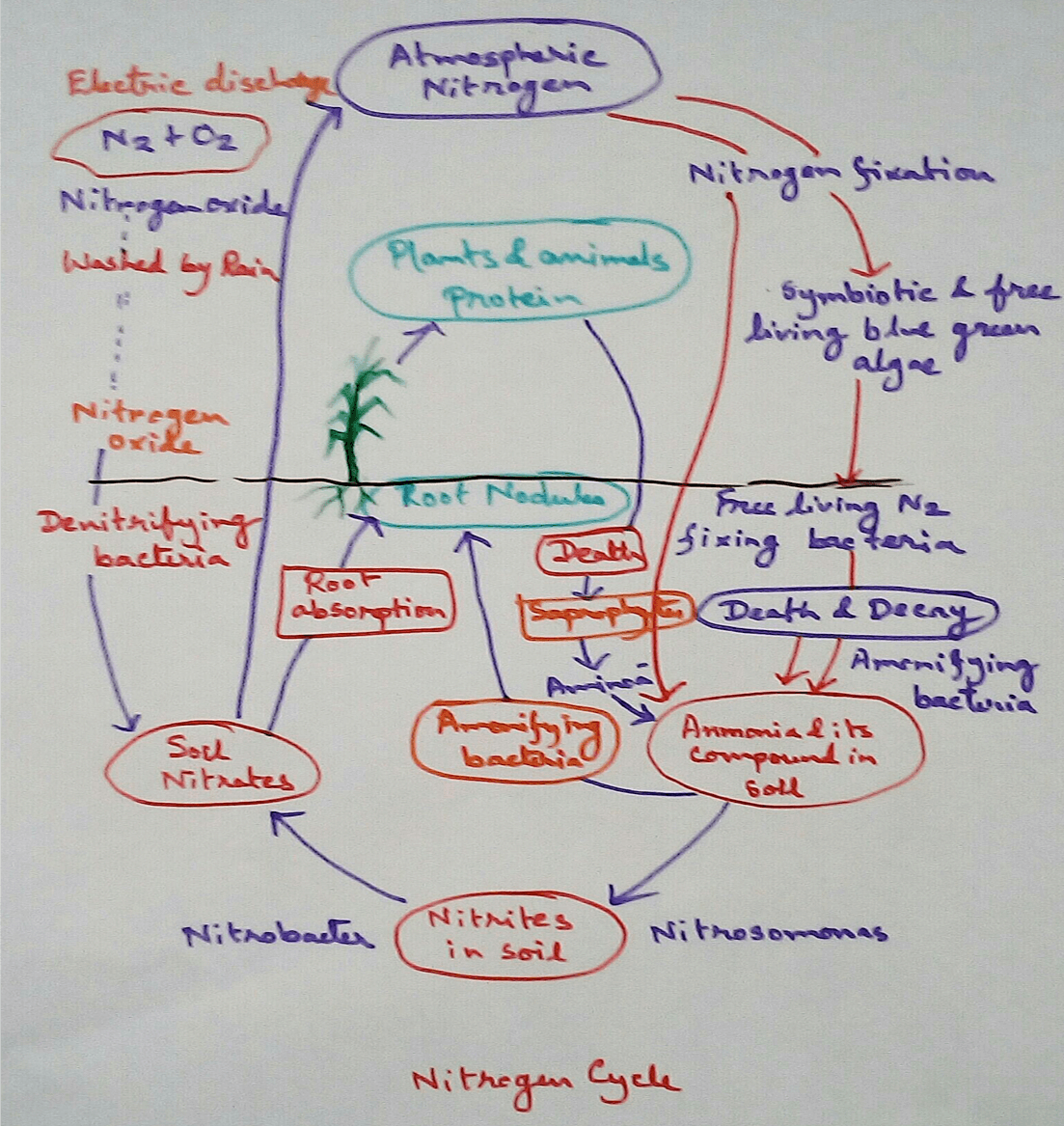
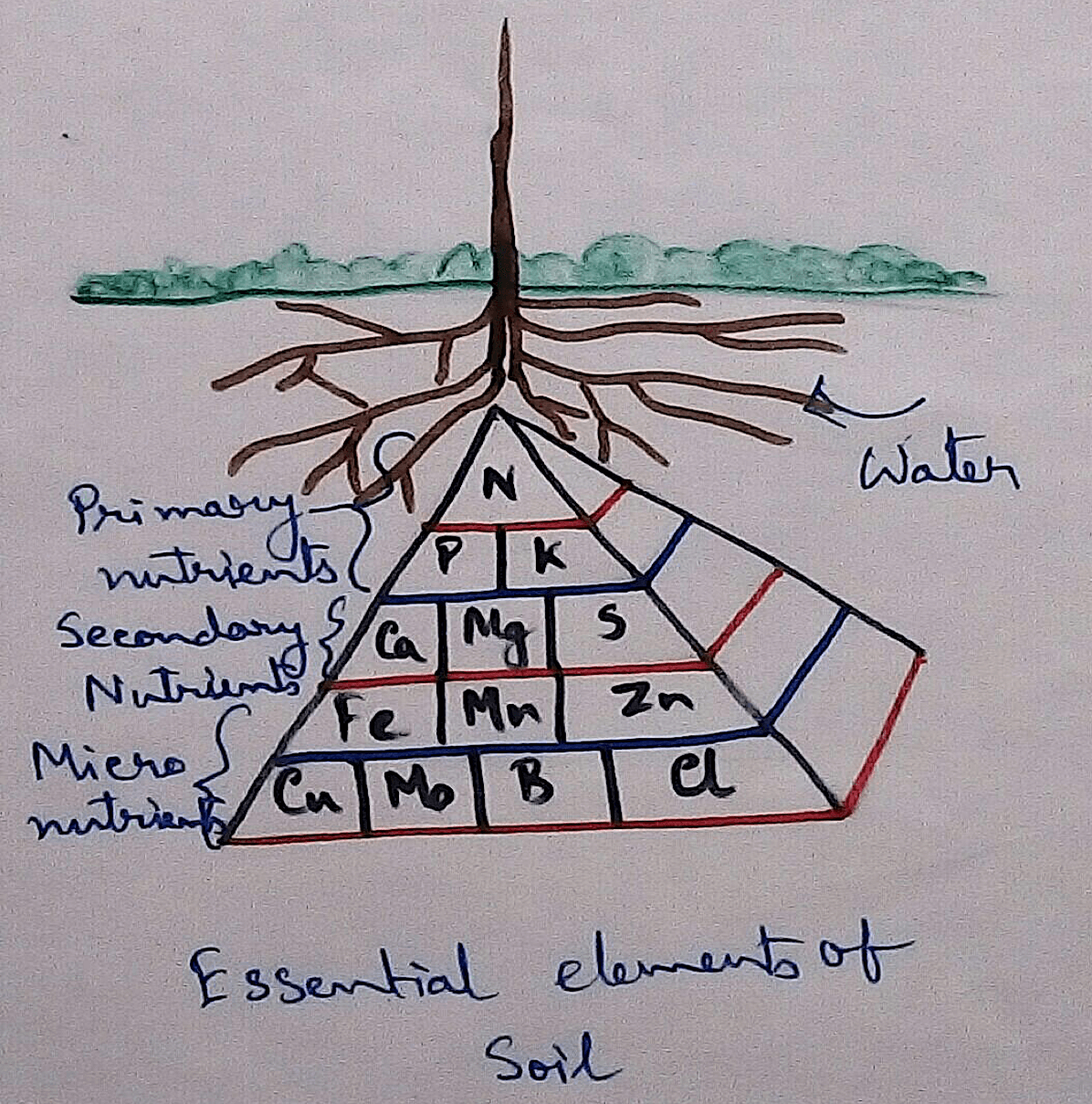
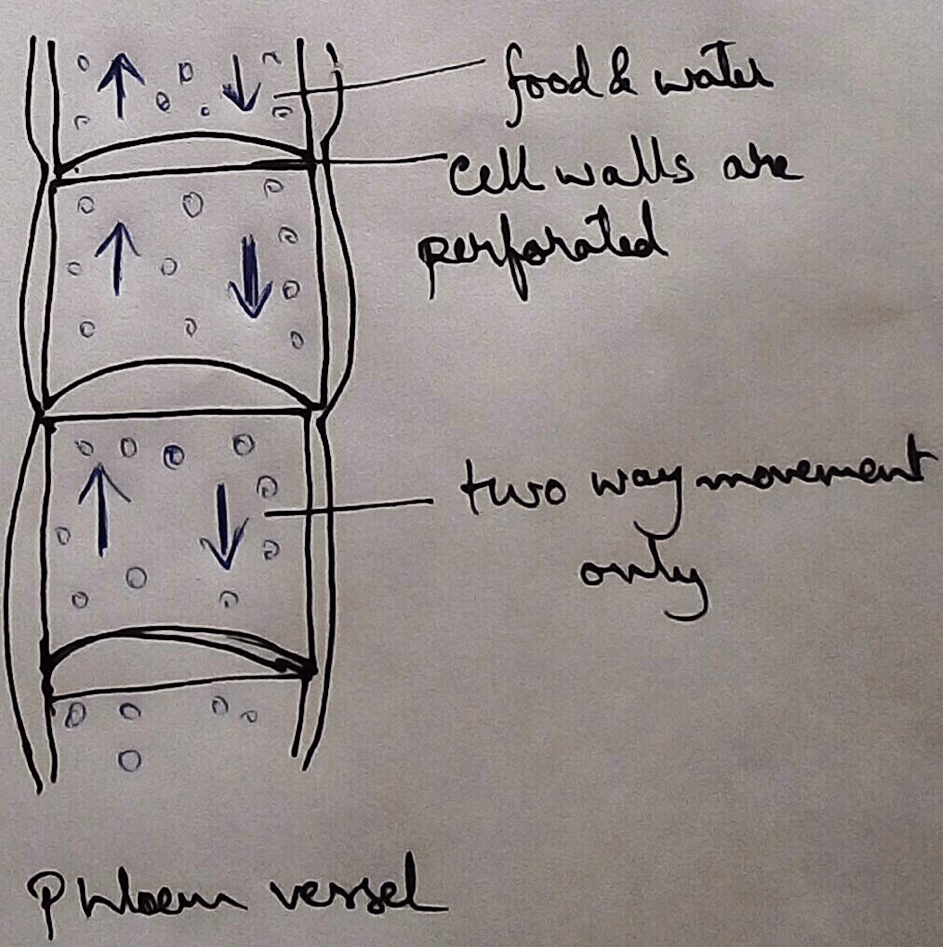

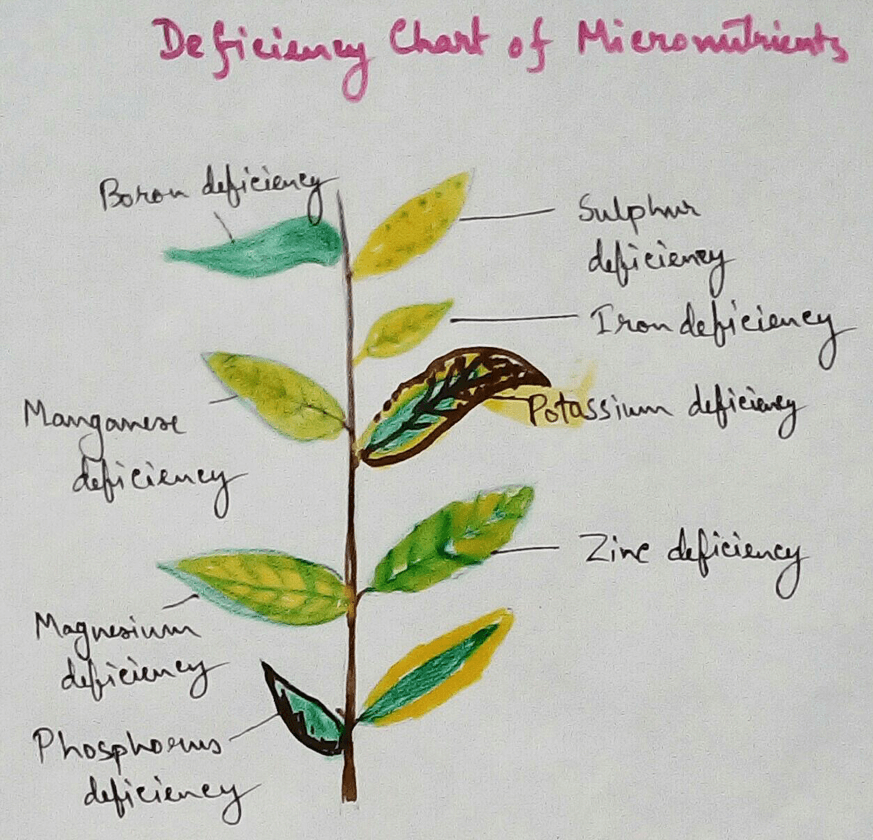
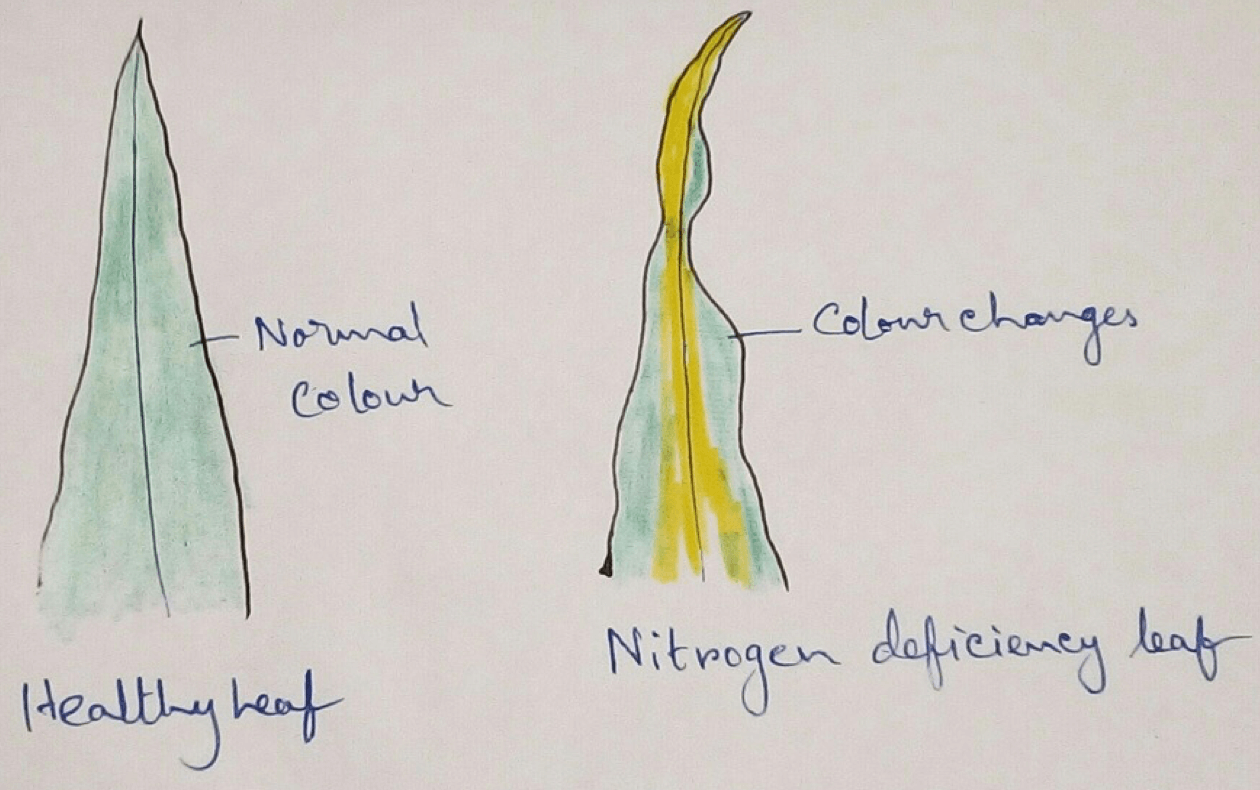
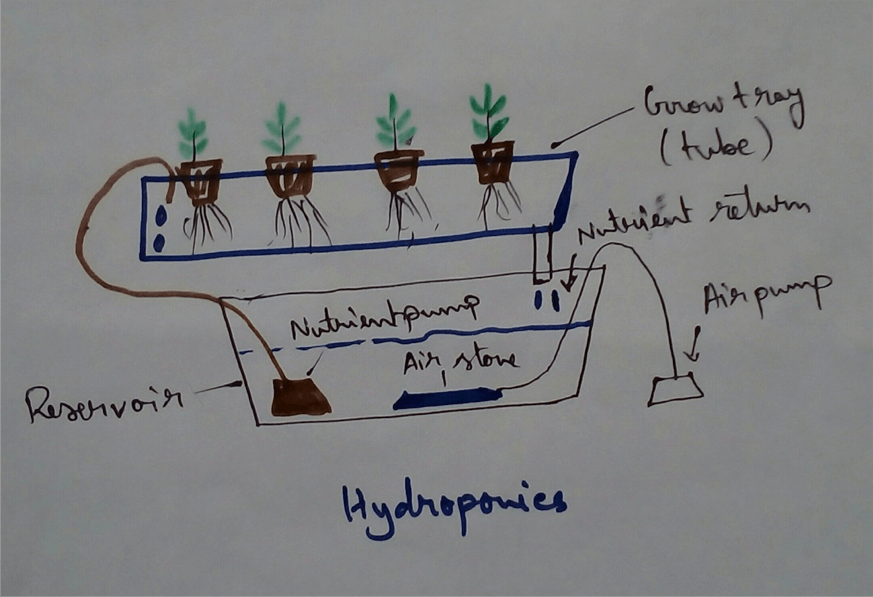
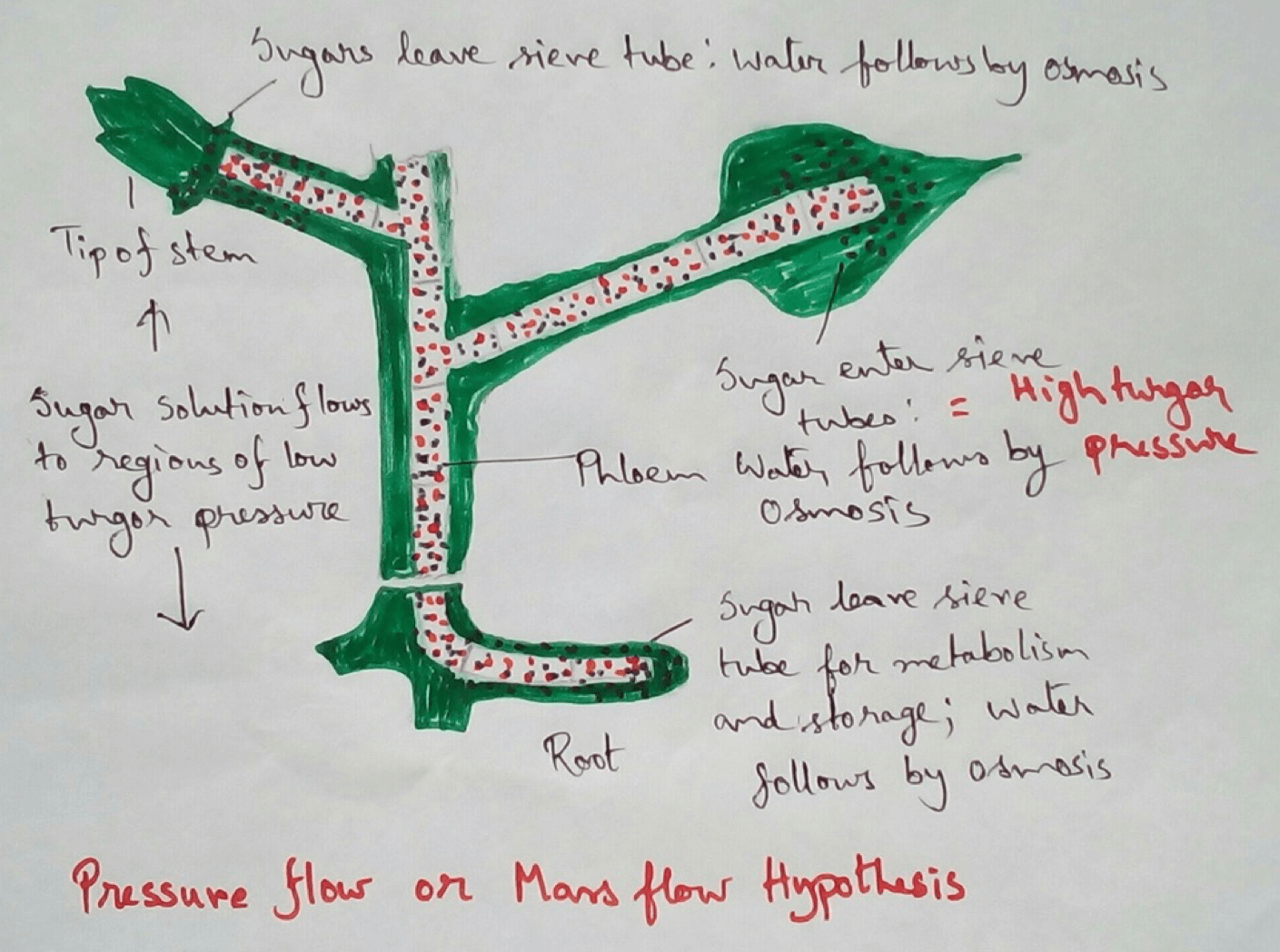
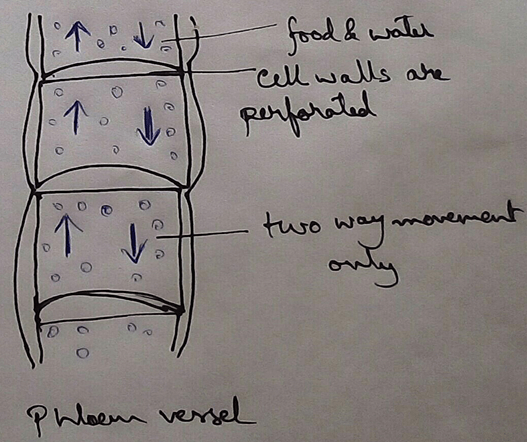
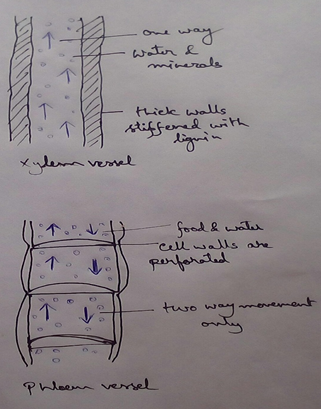

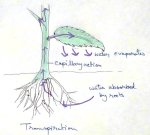
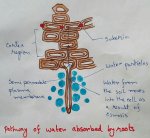
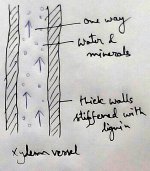

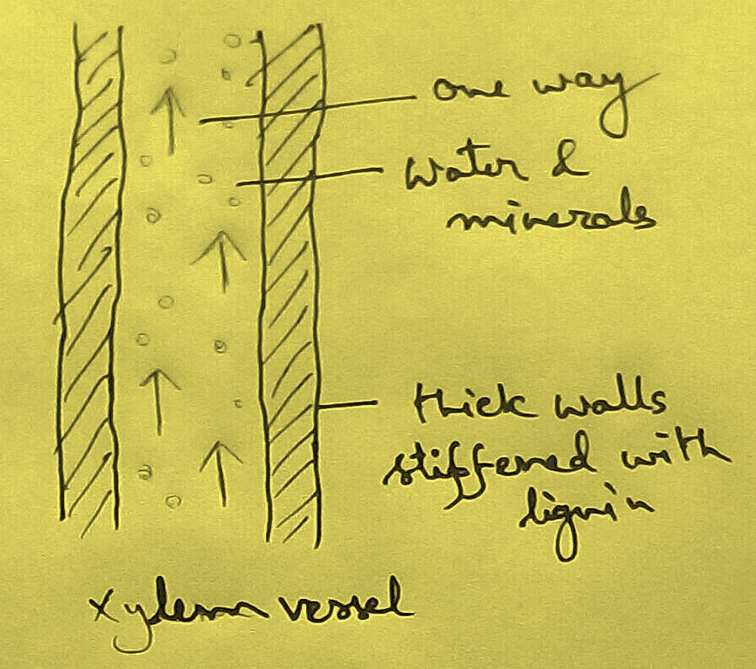

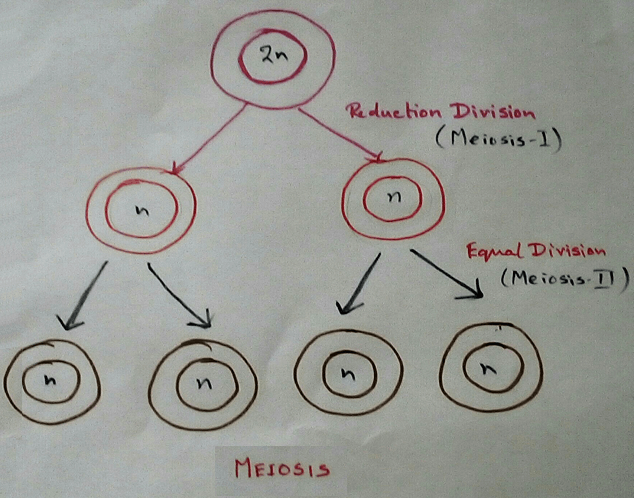
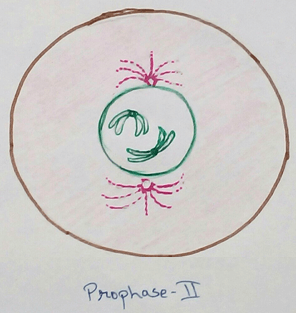
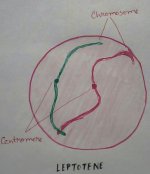
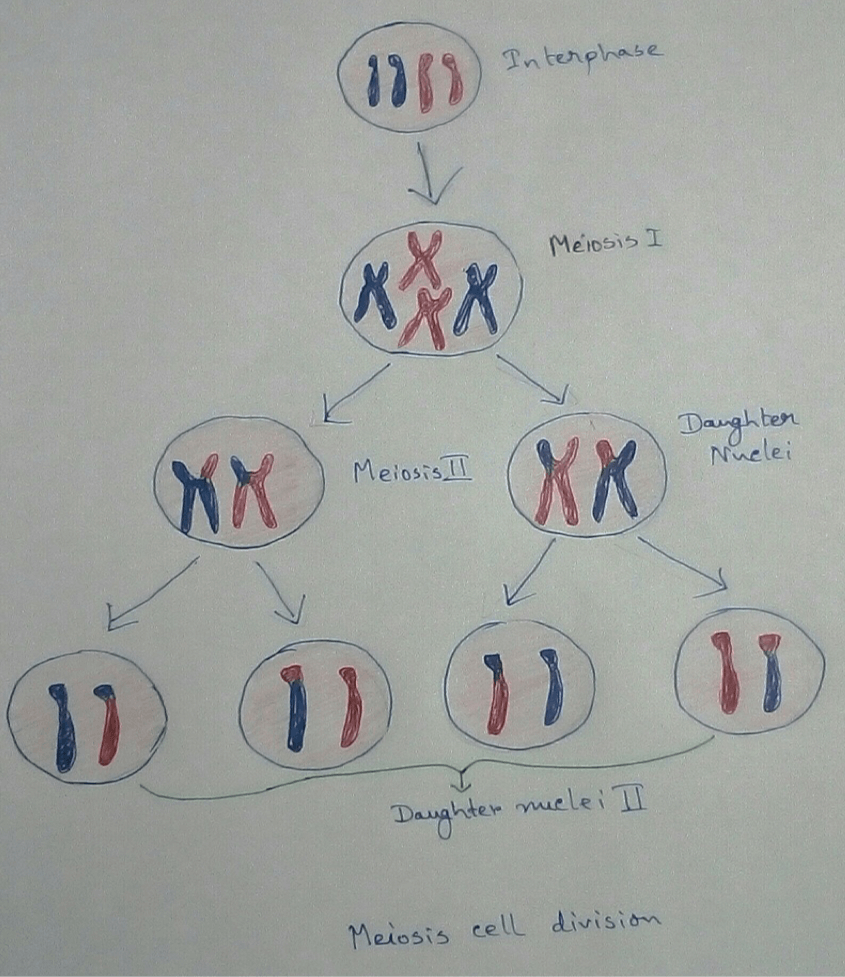
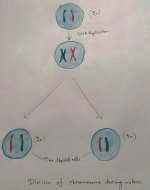
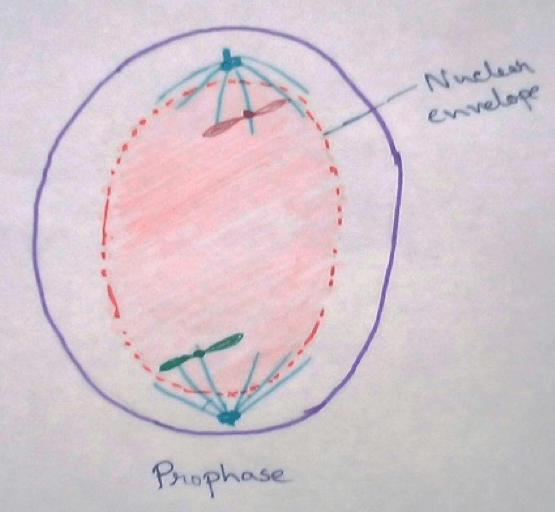
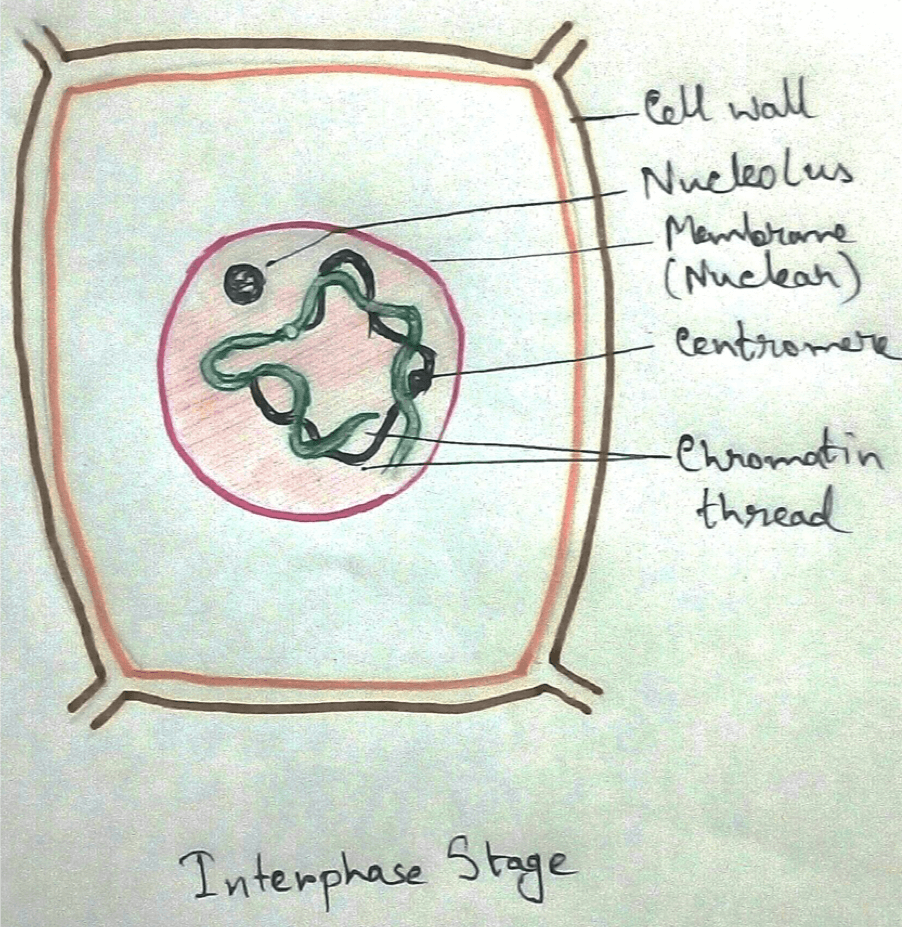
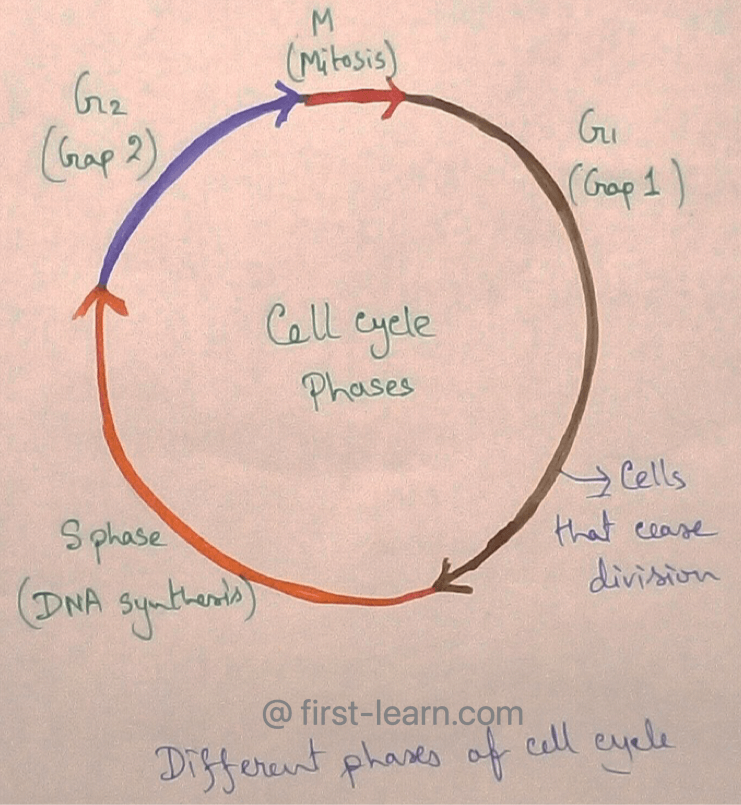
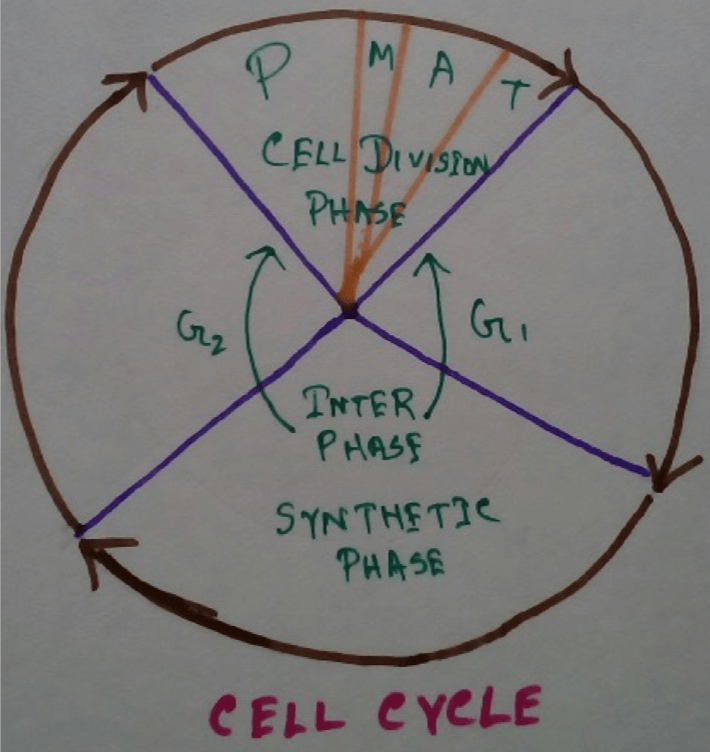
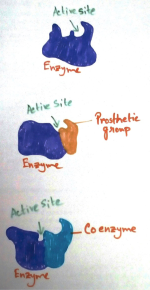
New! Comments
Have your say about what you just read! Leave me a comment in the box below.